We’ve all heard about the revered Kedarnath trip—its myths, the history of Kedarnath Temple, and the profound reverence surrounding it. Whether through the pious archives of our culture, the religious conversations we witness every now and then, or when our grandparents express their evergreen wish to embark on the sacred Chardham Yatra (along with Badrinath, Yamunotri, and Gangotri) or the Do Dham Yatra (Kedarnath Badrinath Yatra), we've all glimpsed the magnificence of the sacred Kedarnath trip.
But for the 1.2 billion followers of Hinduism, it’s far more than just ancient lore. It represents a deeply personal aspiration—a spiritual journey to the sacred Kedar Khand, where taking darshan is seen as a step toward the ultimate goal of Sanatan Dharma: attaining Moksha and liberation from the eternal cycle of life and death.
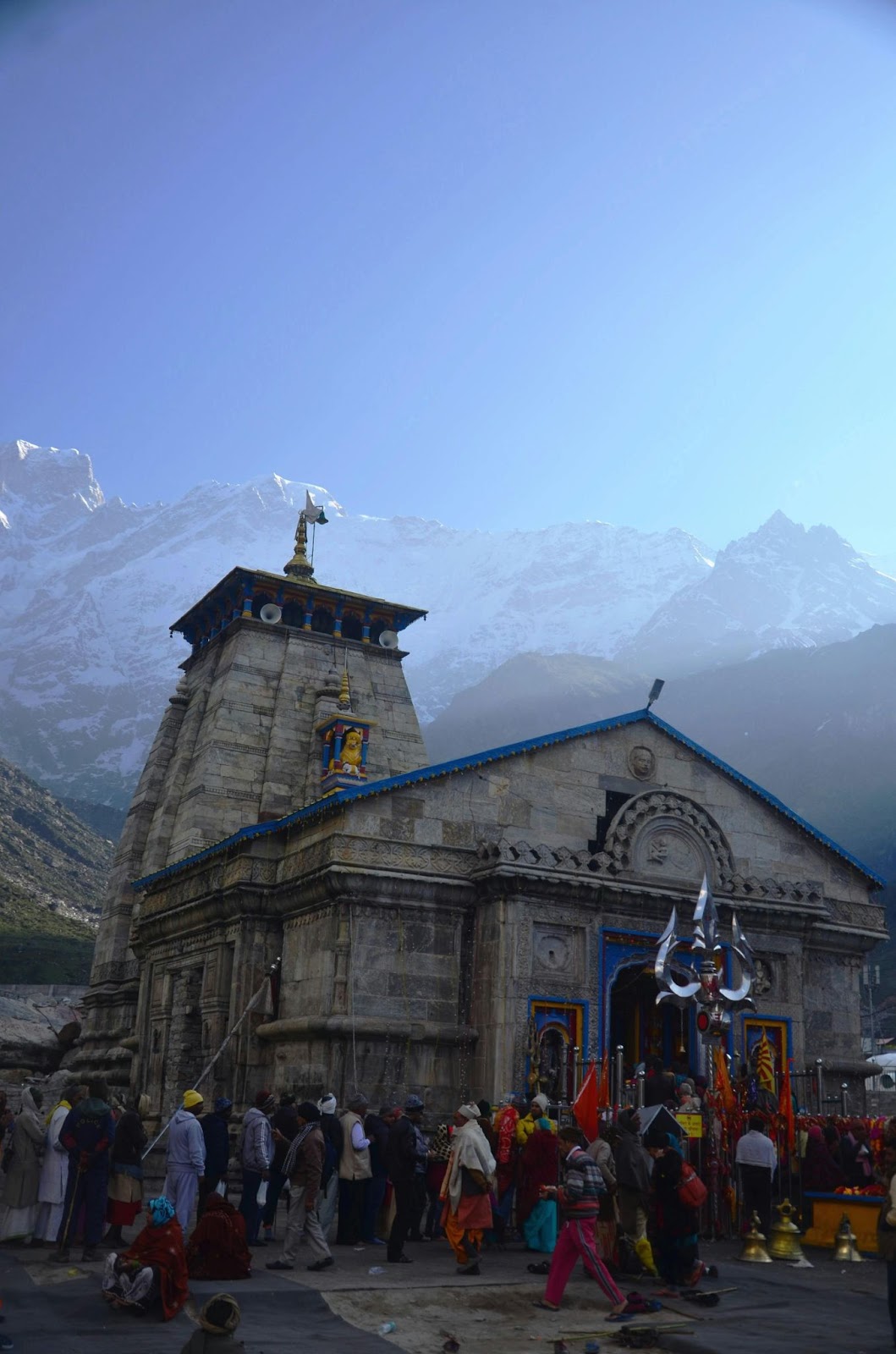
Kedarnath Temple
So what is the real story behind the reverence, laurels, and sacredness of the first half of this Do Dham Yatra - the Kedarnath shrine? What compels over 2 million devotees each year to brave the harsh, cold, and difficult climate to reach the doorstep of the 11th Jyotirlinga of Lord Shiva, even though the Kedarnath Temple remains inaccessible for half the year? Let’s explore the spiritual pull that makes Kedarnath Temple a pilgrimage unlike any other.
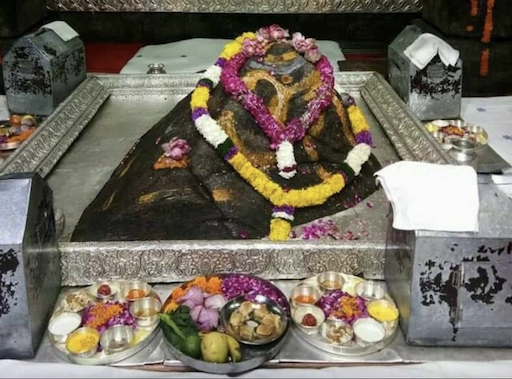
The Holy Hump of Lord Shiva
The history of Kedarnath Temple & the corresponding Kedarnath trip is epic in its own right. Following the great war of the Mahabharata, the 5 victorious Pandava brothers sought out Lord Shiva for attaining atonement (praayashchit) for killing their own relatives and kin in the epic battle. But Lord Shiva was dissatisfied with the immoral perpetration of the Pandavas & had disguised himself as a Nandi (bull) to evade them.
As the Pandava brothers searched the Himalayas for him, they spotted the bull and pursued it until it vanished into Kedarnath. Amidst the chase, Bhima, one of the brothers, somehow caught hold of the bull’s hump and refused to let go. While Lord Shiva as Nandi managed to escape, the hump that Bhima had caught dropped at the precise spot where the Lingam in the Kedarnath Temple now stands—shaped like a bull's hump. The other parts of the bull transformed and appeared in four different locations, collectively known as the Panch Kedars of Uttarakhand. Pleased by the Pandavas' determination, Lord Shiva ultimately forgave them their sins, leading to the construction of the Kedarnath Temple at that sacred site.
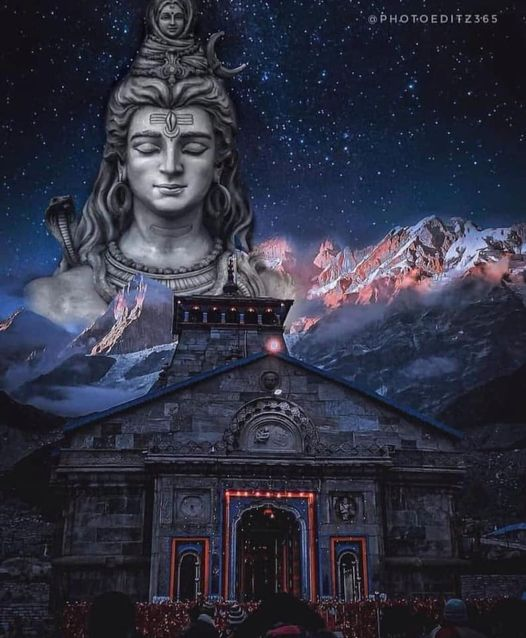
Kedarnath Temple
It is also believed that Lord Shiva meditated at Kedarnath for an extended period of time, and the temple marks his presence from the times of old. The whole history of the Kedarnath Badrinath tour (Do Dham Yatra) and the Chardham Yatra is steeped in such revered legacies.
As with other gods, goddesses, and holy shrines in Hinduism, the history of Kedarnath Temple comprises a wealth of folklore & origin stories. Here are some of the most revered legends surrounding the Kedarnath Temple; the first half of the Do Dham Yatra:
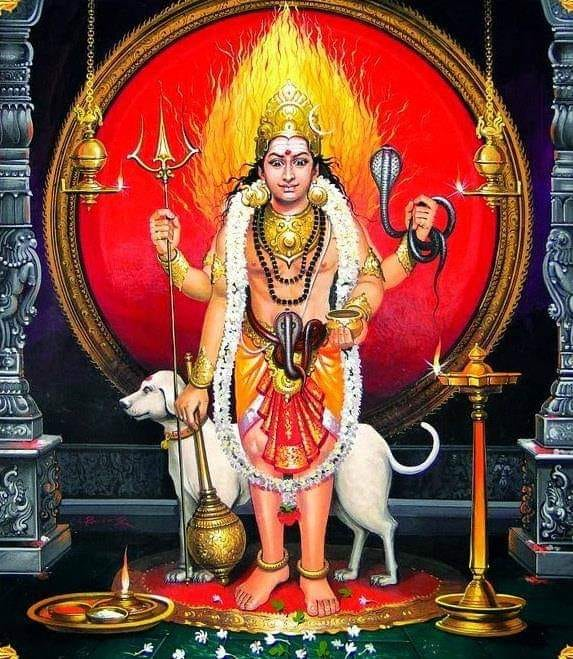
The Legend of Bhairav
It is said that Lord Bhairav, a fierce manifestation of Lord Shiva, was once worshipped at Kedarnath. However, he soon realized that devotees were primarily drawn to his more benevolent form. In response, he decided to leave and reside on a nearby hill, which is now known as Bhairavnath Temple. The Kedarnath trip is considered incomplete without a visit to Bhairavnath. Today, devotees seek blessings from both Kedarnath and Bhairavnath, reflecting the harmonious balance of strength and compassion in their devotion.
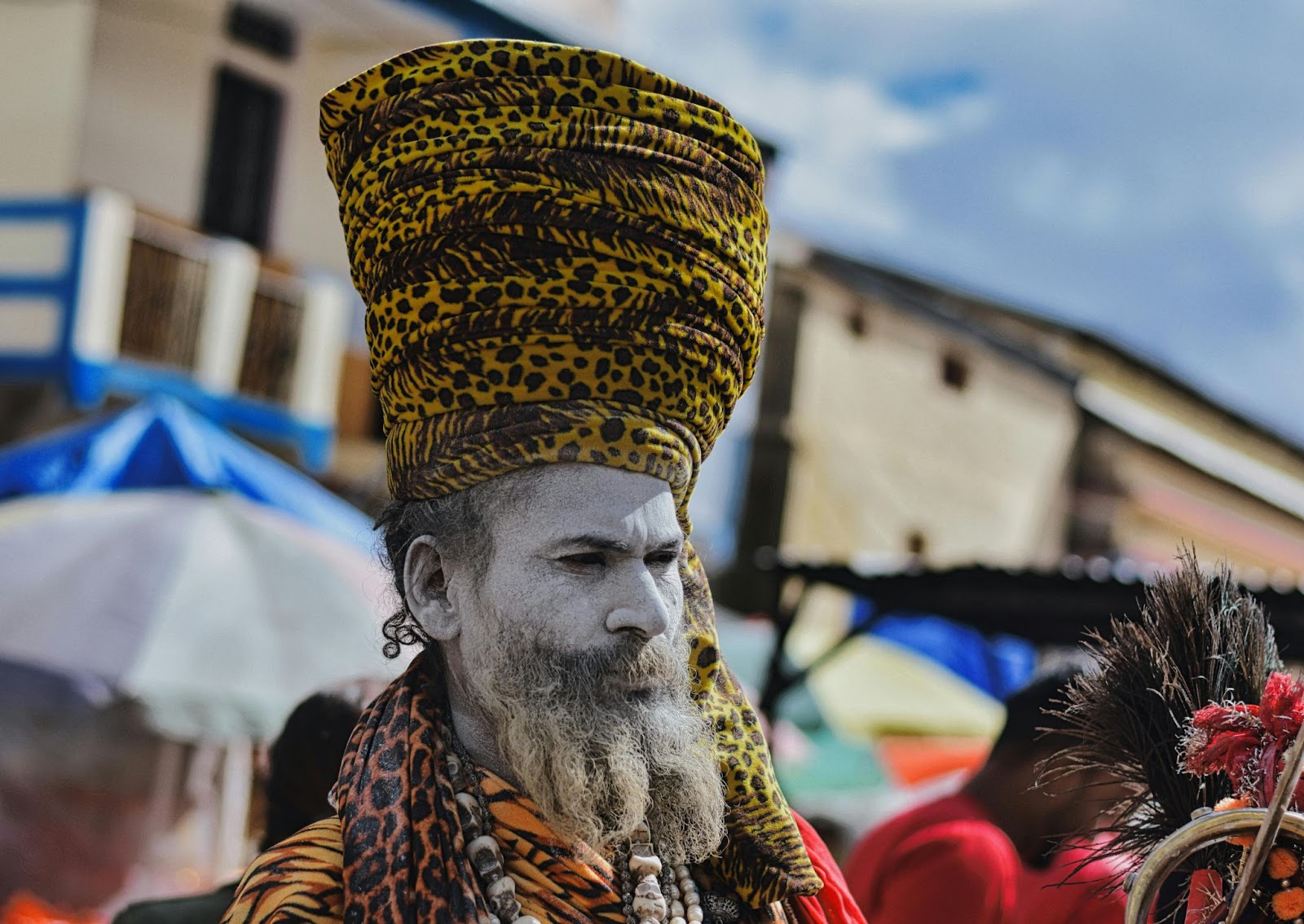
The Legend of Sage Durvasa
Some beliefs about the history of Kedarnath Temple recount that Sage Durvasa, known for his fiery temperament, once visited the Pandavas during their exile. To appease him, the Pandavas sought blessings of Lord Shiva at Kedarnath. Pleased with their worship, Durvasa granted them a boon that contributed to their victories in the Mahabharata war.
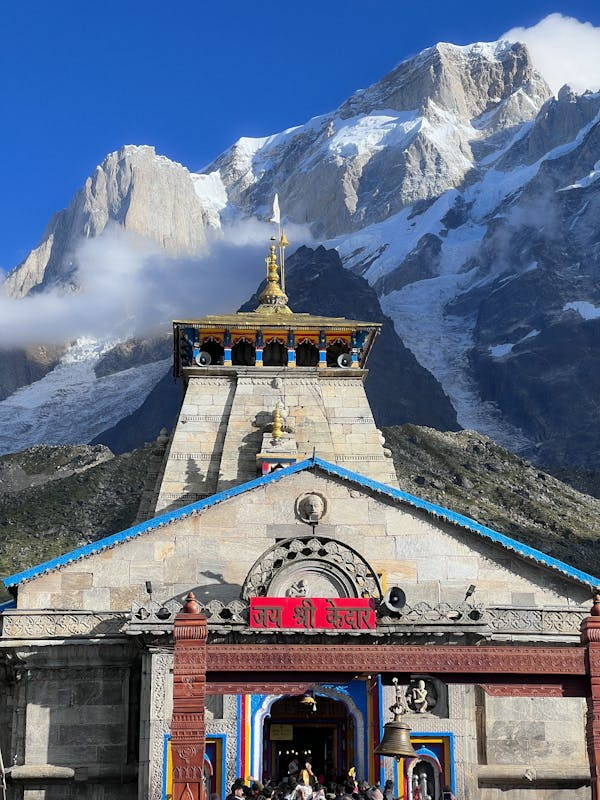
Kedarnath and the Jyotirlingas
According to Hindu tradition, Kedarnath Temple is one of the twelve Jyotirlingas of Lord Shiva. Worshiping at Kedarnath Temple is believed to bestow divine blessings and fulfill wishes. Each Jyotirlinga has its own unique tale, but collectively, they signify the profound significance of Lord Shiva in various forms, making Kedarnath Temple a pivotal pilgrimage destination & bestowing a higher status of divinity to the Kedarnath trip.
Another fascinating belief about the history of Kedarnath Mandir holds that the Lingam worshipped at Kedarnath changes its form with the seasons, mirroring the shifting energies of nature. This phenomenon further reinforces the deep connection of the Kedarnath Mandir to the divine and the natural world.
Folklore about the first half of the Do Dham Yatra tells us that Sage Vyas, the revered author of the Mahabharata, performed penance at Kedarnath Temple. His presence is believed to have blessed the site, adding to its sanctity and reinforcing the role & the history of Kedarnath Temple as a spiritual one.
The Kedarnath history has another legend that speaks of a cowherd who once witnessed Lord Shiva in the form of a bull. Fearing for his safety, he tried to reveal this truth to others. As a consequence, Lord Shiva cursed him to turn into a stone, which pilgrims now worship. This incident serves as a reminder of the divine encounters that can change one's fate.
The sacred river Kedar Ganga flows near the Kedarnath Temple, and the history of Kedarnath Temple states that the river has originated from the water that washed Lord Shiva’s body after his transformation back into a bull.
Beyond the twin sages Nar and Narayan, this legend about the Kedarnath trip highlights their deep devotion to Lord Shiva. After enduring long penance, Lord Shiva promised them his permanent presence at Kedarnath Mandir, further sanctifying this revered site and reinforcing the belief that devotion leads to divine grace.
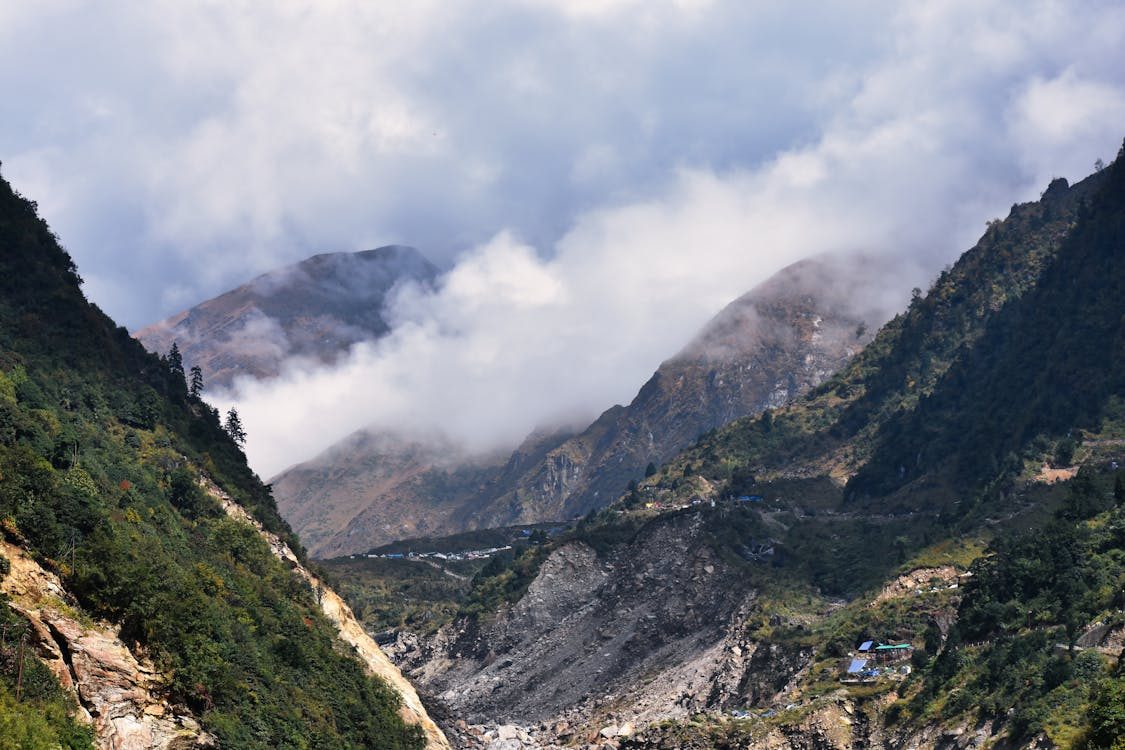
Kedar Valley
The valley surrounding Kedarnath Temple is named after the demon Kedar, who was defeated by the gods. Following his defeat, the area was purified and transformed into a sanctuary for Lord Shiva.
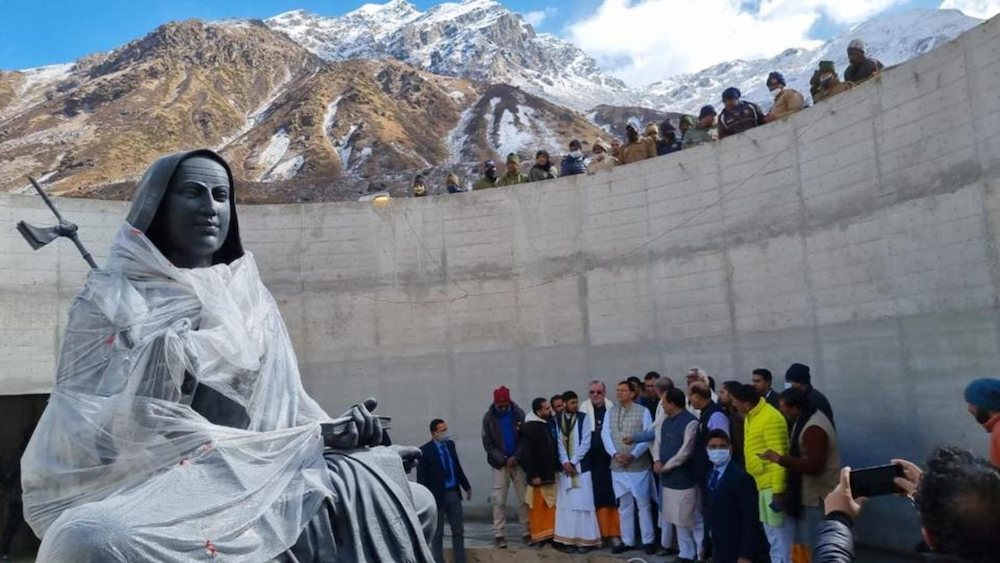
Adi Shankaracharya
Basking in the glacial glory of the majestic Himalayas, the history of Kedarnath Mandir starts in the prehistoric era. While the most widely accepted belief is that the Kedarnath Temple was originally constructed by the Pandavas, many other origin stories exist regarding the Kedarnath trip as well as the Do Dham Yatra & the supreme Chota Chardham Yatra. According to the Hindu calendar, the Kurukshetra war fought by the Pandavas is dated around 3100 BCE, marking the epoch of Kedarnath Mandir. However, many historians suggest that the war occurred between the 10th and 8th centuries BCE, making the timeline regarding the history of Kedarnath Temple a subject of debate. Nonetheless, most studies indicate that the history of Kedarnath Temple likely dates back no more than 3,000 years.
The current structure of Kedarnath Temple, however, is a reimagined version built in the 8th century. Its architecture is a classic example of north Indian architecture in the Nagara style. This version was built by the revered Indian Vedic teacher and philosopher, Adi Shankaracharya, who is renowned for reviving and establishing several Hindu pilgrimage sites, including the four main shrines of Hinduism known as the Chardhams. Some historical documents indicate that the Kedarnath Mandir was initially constructed from stone and wood in the 8th century but fell into disrepair due to its remote location. It was later reconstructed using gray stones and marble by Raja Bhoj in the 11th century.
Many geologists assert that the temple was partially or completely engulfed by glacial ice for nearly 400 years, between 1300 and 1900 AD, during a period known as the Little Ice Age. Scientists point to yellow lines and striations on the outer walls of the Kedarnath Temple as evidence of glacial activity in the region. This highlights the remarkable architectural prowess behind the construction of Kedarnath Temple & adds to the belief of a mighty existence that devotees have been pursuing for hundreds of years on the Kedarnath trip.

Adi Shankaracharya
In 2013, Kedarnath experienced a devastating flash flood that still counts among the worst ever natural disasters in India. It was triggered by massive rainfall on June 16th & 17th, and this downpour melted the Chorabari glacier, leading to a sudden deluge from Chorabari Lake into the Mandakini River. The floodwaters swept away homes, shops, and infrastructure, wreaking havoc in their path.
Yet, in a remarkable turn of events that once again proved the might of the divine, a massive rock rolled down the slope and lodged itself behind the Kedarnath Temple, shielding it from the devastating waters and debris. Many pilgrims sought refuge within the temple, being rescued soon by the Indian Army.
Though the temple itself remained unharmed, the surrounding area suffered immense destruction, with over 5,000 lives lost and millions affected across Uttarakhand, Himachal Pradesh, and Nepal.
The 2013 floods were one of India's most devastating disasters, with recorded damages accounting for hundreds of millions of dollars. Damage to bridges, roads, & dams was around $315 million, or Rs. 1800 crore, while state tourism suffered approximately $195 million, or Rs. 1000 crore, in losses. The state experienced an economic blow of about $3.8 billion, according to World Bank estimates, which even surpassed the state’s annual budget.
In response, former Prime Minister Manmohan Singh announced ₹1,000 crores (10 billion) in aid for relief and rescue operations, while Uttarakhand's then-Chief Minister Vijay Bahuguna declared the shrine would remain closed to pilgrims until the following year. By March 2014, restoration and reconstruction efforts for Kedarnath Valley (or Kedarpuri) commenced, with Prime Minister Narendra Modi laying the foundation. Nearly ₹700 crores were allocated for medium- and long-term reconstruction efforts. This incident serves as a testament to the mighty power of faith and resilience amidst nature’s fury, as Kedarnath continues to stand tall against the odds.
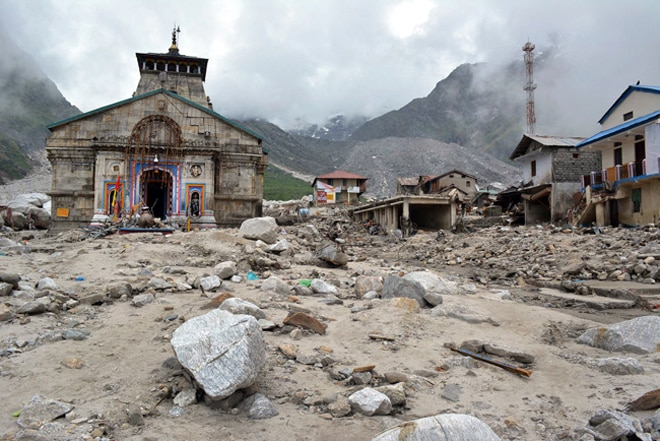
Kedarnath Flood 2013
Embark on a spiritual journey to the Kedarnath Temple with BizareXpedition! Nestled in the breathtaking Garhwal Himalayas, our Kedarnath trip offers an unforgettable experience at affordable prices. With over a decade of expertise and recognition from the likes of TripAdvisor and government bodies, we ensure a comprehensive, budget-friendly pilgrimage that brings you closer to the divine. You’ll not only immerse yourself in the vibrant traditions and rich heritage of the region with our Kedarnath trip, Do Dham Yatra, or Chardham Yatra but also support local businesses and communities, making your journey more meaningful.
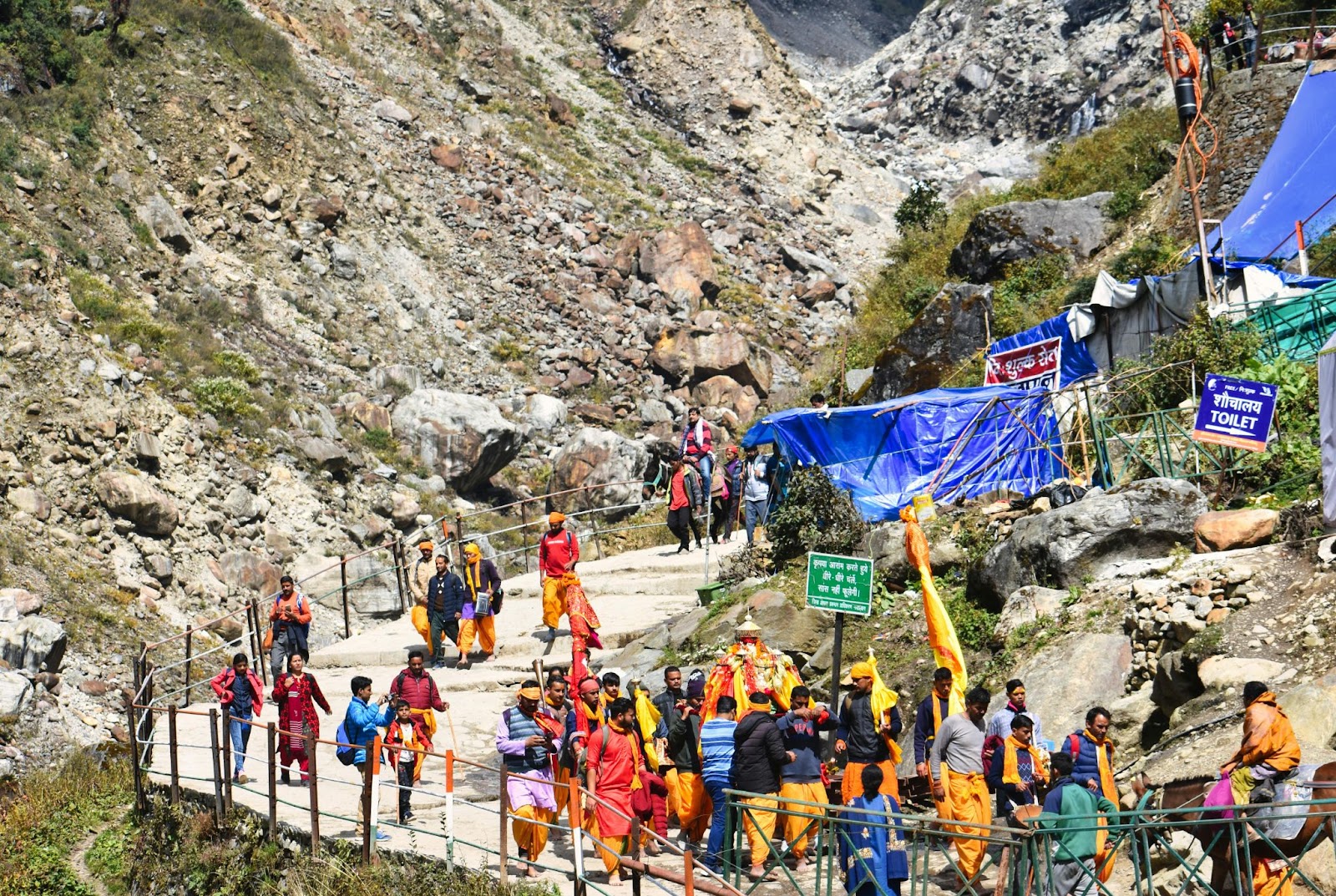
restoration and reconstruction efforts for Kedarnath Valley
You can trust our extensive experience in organizing memorable pilgrimages for the Kedarnath trip and other such shrines, as our founders & personnel have over one & a half decades of expertise on the divine terrains of the region.
Our commitment to excellence has earned us industry recognition by the government and top travel companies like TripAdvisor, ensuring your journey is in safe hands.
We believe everyone deserves the chance to connect with God, and that’s why we provide you with a complete pilgrimage experience without breaking your bank. Our Kedarnath tour cost are affordable, even as the services remain thorough and reliable.
Our cost-effective packages for your Kedarnath trip do not compromise on the quality of your journey, as we offer unmatched service and attention to every detail to make your trip truly special.
Choose from our tailored packages for an enriching experience, including the Kedarnath Tour price and Kedarnath trip cost, the itinerary, duration, & inclusions.
| Kedarnath Tour Package | Kedarnath Trip Cost (per person) | Duration | Inclusions |
| Kedarnath Tour Package | ₹18,499 | 3 nights & 4 days | Accommodation, Meals, Transport |
| Delhi to Kedarnath Tour Package | ₹21,999 | 5 nights & 6 days | Accommodation, Meals, Transport |
| Kedarnath Helicopter Tour | ₹60,999 | NA | Helicopter Ride, Meals, Transport |
| Kedarnath by Car | Starting from ₹10,599 | 3 nights & 4 days | Accommodation, Meals, Transport |
Don’t miss this chance to explore the majestic Kedarnath Temple. We also have packages for Do Dham Yatra & Chardham Yatra with varying budgets, each fulfilling and comprehensive in its own way. Book your tour with us today for a memorable experience!